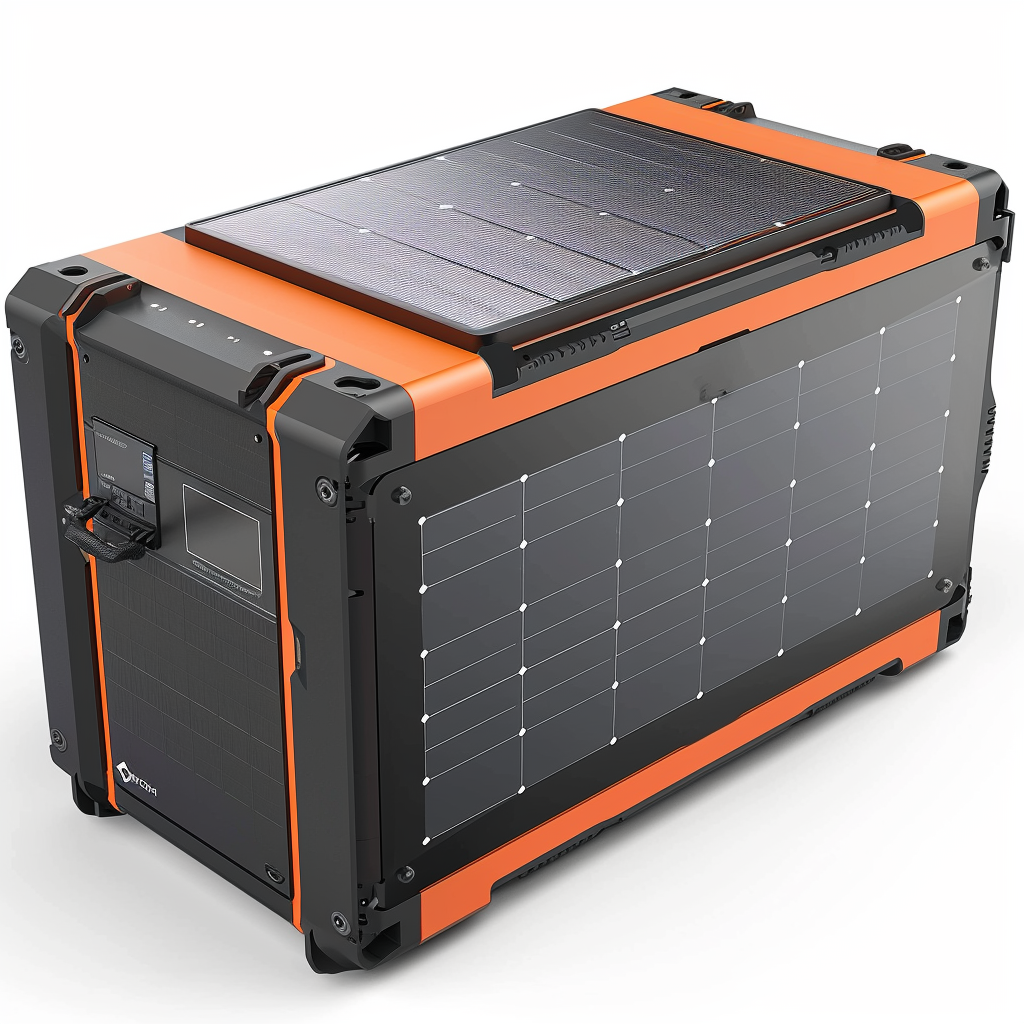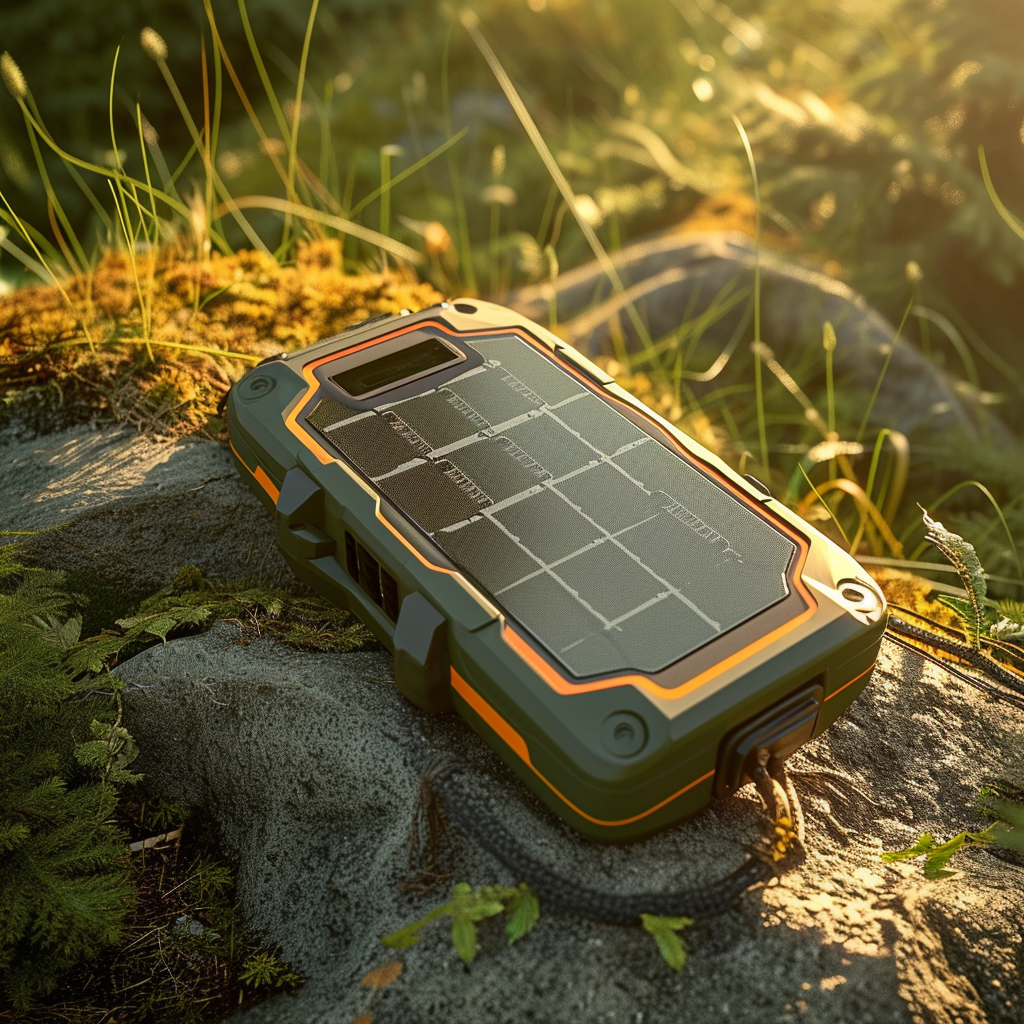Do you ever dream of living off the grid, generating your own electricity and being self-sufficient? Well, you’re not alone! Many people are turning to solar energy as a way to power their homes and reduce their reliance on traditional energy sources. But did you know that in order to truly make the most of solar energy, you’ll need a battery bank?
So, What is a battery bank for solar energy? Well, it’s essentially a collection of batteries that store the excess energy generated by your solar panels during the day, so that you can use it at night or during times when the sun isn’t shining. Think of it as a reserve of power that ensures you have electricity even when your solar panels aren’t actively producing energy.
By having a battery bank, you’ll be able to maximize the benefits of solar energy. Not only will you have a more reliable and consistent source of electricity, but you’ll also have the freedom to use your own clean and renewable energy whenever you need it. In this way, you can truly go off the grid and reduce your dependence on fossil fuels. In our upcoming article, we’ll dive deeper into the mechanics of a battery bank, how it works, and why it’s crucial for a sustainable solar energy system. Stay tuned to learn more!
Understanding the Purpose of a Battery Bank for Solar Energy
Introduction to Solar Energy
Solar energy is becoming increasingly popular as a renewable energy source. People are turning to solar panels to harness the power of the sun and reduce their reliance on traditional forms of energy. One of the key components in a solar energy system is a battery bank, which plays a crucial role in storing and supplying energy when the sun is not shining. In this article, we will delve into the purpose of a battery bank, its importance in solar energy systems, the types of battery banks available, factors to consider when choosing a battery bank, and how to properly maintain and care for it.
Importance of Battery Banks in Solar Energy Systems
When it comes to solar energy systems, battery banks are integral for storing excess energy produced during the day. Solar panels generate electricity when exposed to sunlight, but this electricity needs to be used immediately, stored in batteries, or fed back into the grid. Battery banks serve as a reservoir for the excess energy that is not immediately consumed. This stored energy can then be used during the night or on cloudy days when solar panels generate less electricity. Without a battery bank, any excess energy would go to waste, making it less cost-effective and efficient to harness solar energy.

How Battery Banks Store Energy
Battery banks store energy using various chemical reactions that occur within the batteries. When the solar panels produce more energy than is currently being consumed, the excess energy is directed to the battery bank. Within the battery bank, this energy charges the batteries and is stored as chemical potential energy. The electrical energy is later converted back to usable electricity when needed, such as during the night or when solar production is low. This process allows for a constant and reliable supply of electricity, even when the sun is not shining.
Types of Battery Banks
There are different types of battery banks available, each with its own advantages and disadvantages. The most common types used in solar energy systems are lead acid batteries and lithium-ion batteries.
Lead Acid Batteries
Lead acid batteries have been in use for many years and are known for their reliability. They can withstand deep discharges, making them perfect for solar energy systems where the stored energy will be discharged daily. However, they require regular maintenance, including checking the water levels and ensuring proper ventilation to prevent the accumulation of hydrogen gas. Additionally, lead acid batteries have a limited lifespan and may need to be replaced after a certain number of years.
Lithium-ion Batteries
Lithium-ion batteries are gaining popularity due to their higher energy density and longer lifespan compared to lead acid batteries. They require less maintenance and are generally more compact, making them suitable for space-constrained installations. Lithium-ion batteries are also more efficient in charging and discharging energy, resulting in a higher overall energy output. However, they tend to be more expensive initially, although their longer lifespan can make them a cost-effective investment in the long run.
Factors to Consider When Choosing a Battery Bank
When selecting a battery bank for your solar energy system, there are several factors to consider. These include the capacity of the battery bank, the depth of discharge (DOD), the number of cycles the battery can undergo, and the efficiency of the battery. The capacity refers to the amount of energy the battery bank can store, while the DOD indicates the percentage of energy that can safely be discharged from the battery without causing damage. The number of cycles represents how many times the battery can be charged and discharged before its performance starts to degrade. Lastly, efficiency determines how well the battery can convert energy during the charging and discharging process.
Sizing a Battery Bank for Solar Energy Systems
Properly sizing a battery bank is crucial to ensure a reliable and efficient solar energy system. To determine the appropriate size, you need to consider your daily energy consumption, the average solar production in your area, the number of consecutive cloudy days, and the DOD of the batteries. A solar energy professional can help you calculate the necessary capacity of your battery bank, taking into account all these factors. Oversizing or undersizing the battery bank can lead to inefficient use of energy and may result in premature battery failure or limited energy availability.
Maintenance and Care for Battery Banks
To ensure the longevity and optimal performance of your battery bank, regular maintenance and care are essential. Lead acid batteries require specific attention, such as checking the water levels and adding distilled water if needed. It is also crucial to ensure proper ventilation to allow any hydrogen gas to safely dissipate. Lithium-ion batteries, on the other hand, require minimal maintenance but should be kept in a temperature-controlled environment to prevent overheating or freezing. Regularly monitoring the battery bank’s performance and addressing any issues promptly can help prolong the lifespan of the batteries and maintain the efficiency of the solar energy system.

Conclusion
A battery bank is a fundamental component of a solar energy system as it allows for the storage and use of excess energy when solar production is low. Understanding the purpose and importance of a battery bank can help you make informed decisions when choosing the right type and size for your solar energy system. Whether you opt for lead acid batteries or lithium-ion batteries, proper maintenance and care are vital to ensure optimal performance and longevity. With the right battery bank and a well-designed solar energy system, you can embrace sustainable living and enjoy the benefits of renewable energy while reducing your dependence on traditional power sources.




